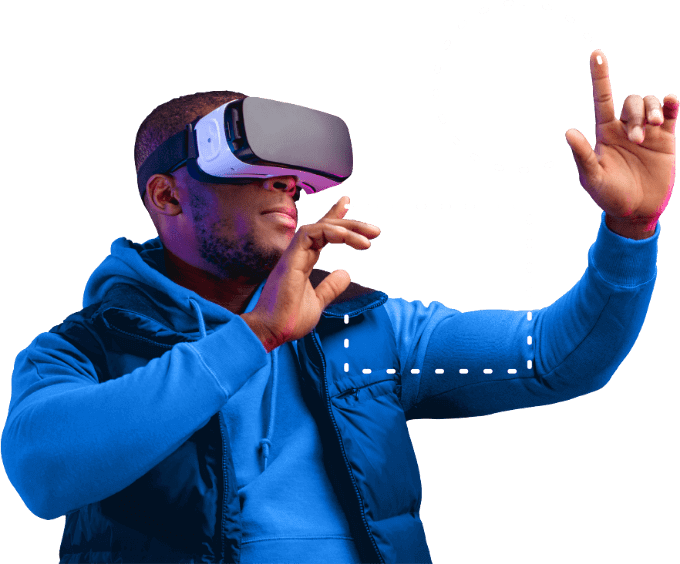Data published by the HSE in March 2024 reported that over 543,000 workers suffered from work-related musculoskeletal disorders in 2023/24, resulting in a massive 7.8 million working days being lost. This comprised 203,000 cases where the upper limbs or neck were affected, 232,000 where the back was mainly affected, and 108,000 that affected the lower limbs. Manual handling tasks, being required to work in awkward or tiring positions, and keyboard or repetitive work are often blamed as the cause of work absences but the aetiology of, for example, lower back pain remains uncertain. Those practising in this field would do well to note the content of the 2010 paper by Euhene K Wai et al, ‘Causal assessment of occupational lifting and low back pain: results of a systemic review’, a review examining a large number of high-quality studies that focused on the relationship between occupational lifting and lower back pain. The paper deemed it unlikely that occupational lifting was independently causative of lower back pain. A more recent paper 2024 by LJE de Bruib et al ‘Insufficient Evidence for Load as the Primary Cause of Non-specific (Chronic) Low Back Pain’, reached the same conclusion: that that there is no consistent support for an association between load and the incidence of non-specific low back pain or that load increases the risk of this. This accordingly brings in to question the role of load management as the only/primary strategy to prevent the onset and persistence of back pain.
This does make sense when one considers the high incidence of low back pain in the working age population as a whole. Merely reporting an association between a suspected risk factor and an outcome is of course not sufficient to establish causation, as the literature rightly points out. We have learnt this for example in respect of claims for carpal tunnel syndrome, where even in circumstances where employers might have been in breach of duty under the Vibration at Work Regulations medical evidence has failed to establish that breach to be causative. This is despite vibration-induced carpal tunnel syndrome having been a DWP-prescribed disease for many decades. In these types of cases and others we have repeatedly stressed to clients (and the courts) how it is imperative that defendants have their own medical evidence to look for alternative explanations for injury and for comment and appropriate consideration of competing risk factors. Claims for carpal tunnel syndrome, a condition affecting the wrist, are far from straightforward as there is no defined dose-response relationship, no known synergistic effect of multiple risk factors, no known pathological mechanism by which vibration causes the condition, and it is not known what specific aspect of using vibratory tools can cause/increase the risk of the condition. The presence of multiple risk factors is true for non-specific lower back pain. We need to make sure that the same forensic approach is applied by medical experts in respect of claims for injury for lower back pain where all too often constitutional factors and alternative risk factors separate to work are overlooked.
In the 2024 paper ‘Tensions of low-back pain and lifting; bridging clinical low-back pain and occupational lifting guidelines’, published in the Journal of Occupational Rehabilitation, the authors discuss the tension between health and safety guidelines and their consequences. Occupational lifting guidelines are built on the assumption that lower back pain is solely related to physical stress, while the paper concludes that systemic reviews have failed to demonstrate such an association. When dealing with claims for lower back pain this is often overlooked by those responsible for advising claimants, thereby reinforcing the belief of association as proof of causation, ignoring the complex causes of lower back pain. This also has the deleterious effect of undermining efforts by occupational health and others to get and motivate injured individuals back to work. This needs to be challenged, not least given the often sizable value of claims presented by individuals who have ceased employment on ill health grounds.
Keoghs, who have a long history of successfully defending occupational disease claims on behalf of defendants, intend to be at the forefront of challenging these claims, which do seem to be increasing in number.
If you would like to discuss how we could assist you in managing these types of claims, or indeed any other type of disease matter in your claims portfolio, then please do not hesitate to contact us. We will be happy to discuss matters with you further.


The service you deliver is integral to the success of your business. With the right technology, we can help you to heighten your customer experience, improve underwriting performance, and streamline processes.